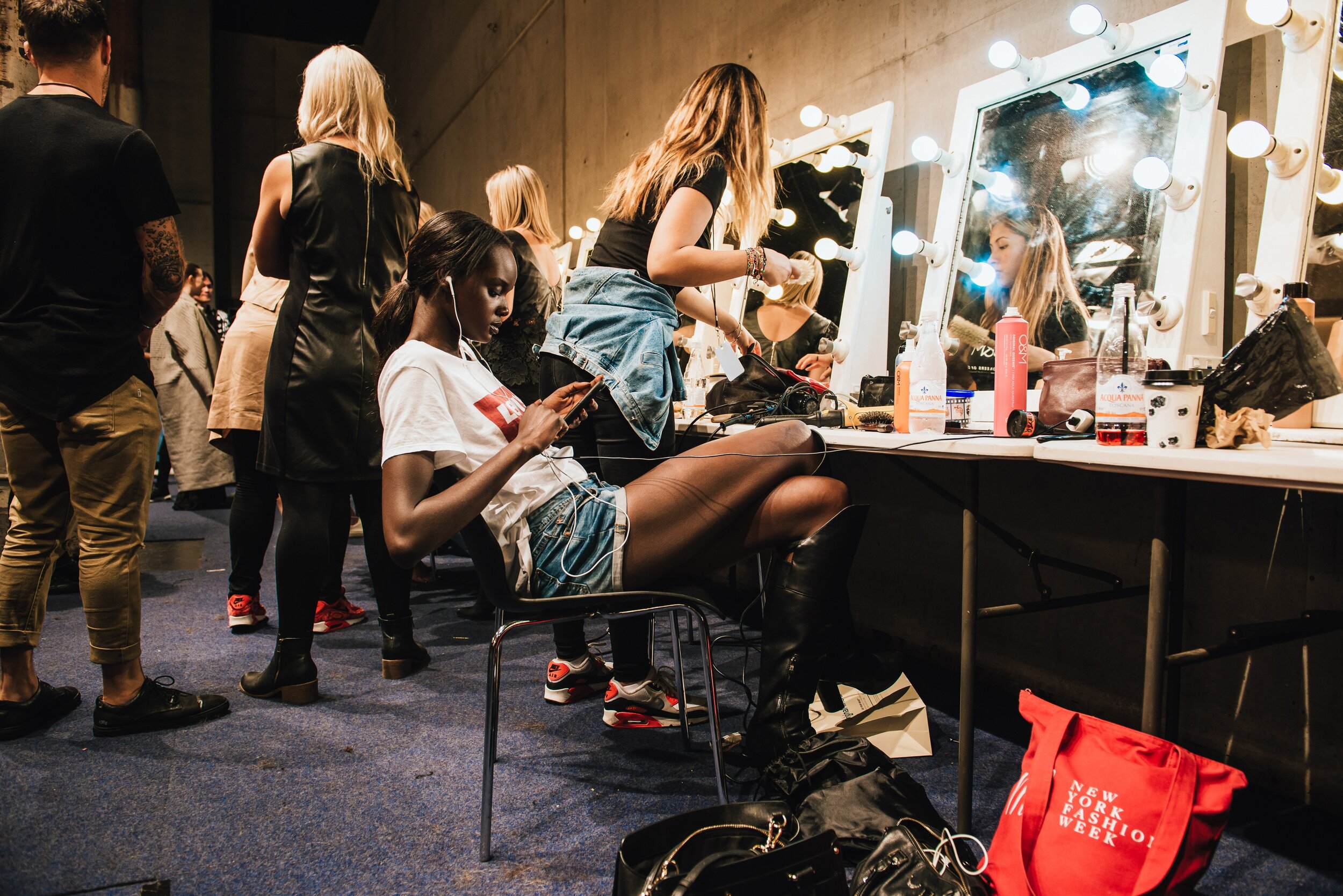Why Representation is so Important
I remember watching Crazy Rich Asians in theaters. I had dragged my brother along with me to support the box office numbers for one sole reason: representation.
Mainstream Western media is notoriously whitewashed, and only recently has the lack of diversity become an important issue to discuss rather than to sweep under the rug. With the rise of movements like #OscarsSoWhite, and films like Black Panther, representation is now being celebrated.
But why is representation so important?
Perceptions are not created in a vacuum. Gen Zers and Millennials grew up in an age where technology and media were constantly evolving and extremely difficult to avoid. We built our identity and our perception of others through what we saw on our screens.
Disney Channel, Nickelodeon, and Cartoon Network had children across the world glued to TV screens, and teen gossip magazines could be found at nearly every newsstand. “I would flip through Seventeen and Teen Vogue in middle school and feel so horrible because I didn’t look like the girls on the page,” said Tiaraoluwa Adewole, a fashion photography student at London College of Fashion. “The hair and beauty tutorials were the worst. I would read them religiously as if I could ever recreate those styles with my natural hair.”
Not seeing ourselves on screen fostered imposter syndrome and low self-esteem.
A study by UK Essays found a link between media representation and self-esteem of teenagers ages 15-18 from different backgrounds. The more positive representation, the higher their self-esteem. The less representation and less positive representation, the lower their self-esteem. And media is not the only place where representation is lacking.
Now that diversity has become a seemingly shallow trend within major corporations and institutions, it isn’t unusual to see a few non-white faces sprinkled into photos on a company’s website or in a brand’s catalog. But this push for diversity and inclusion is meaningless when the executive boards of companies are still exceedingly white, with large amounts of qualified people of color maintaining places lower in the corporate ranks.
Education is another place that does not have enough representation. Black and Brown children have hardly any teachers that look like them and have shared experiences. A study by the U.S Department of Education found that 82 % of public school teachers throughout the country were white. Meanwhile, only 7 % were black and 2 % were Asian.
“My mother is a lecturer at a university, and now that I’m older I understand how much deeper her presence on campus is,” said Adewale. “I didn’t have any Black teachers throughout secondary school. I’ve still never been taught by a Black woman.”
But a lack of representation across these industries is not the only problem.
Stereotypical representation of ethnic minorities and the caricature-like depictions of them in film, television, art, and other visual forms of media have long been used as a superficial response to the lack of diversity in these industries.
But, in a way, this form of representation is even worse than none at all. It perpetuates harmful perceptions of different groups of people and creates a monolithic image of their identities rather than uplifting those same groups with positive, multi-faceted representation.
“Not all representation is good representation,” said Ruhi Singh, a London-based digital artist and stylist. “Like Apu from The Simpsons. Everything, from the generic accent, his family life, is such a surface level idea of how the West views Indians, and South Asians in general.”
Stereotypes of marginalized communities are very harmful, even if used as a joke.
Stereotypes that Black people are violent criminals led to the over-policing of black communities, mass incarceration and police brutality. Misrepresentations of the Asians that they are responsible for the COVID-19 pandemic led to an increase in hate crimes against Asian-Americans. The false narrative that Muslims are terrorists led to attacks on Hijabi women, Sikh men and anyone who “looked Muslim.” That same narrative led to harmful legislation like President Bush’s Patriot Act and President Trump’s Muslim Ban.
On the other hand, positive representation allowed members of these communities to attain high positions, financial status and political representation. Representation is not just about the satisfaction of being able to see someone that looks like you on screen, it determines whether an entire generation will grow and thrive or be caged and limited.
About the Kulfi x Parachute Series: This article was written in partnership with Parachute Media and Kulfi Beauty. Kulfi Bites and Parachute Media are here to uplift narratives in the media that consider our lived experiences and allow us to feel seen in our complexities. For the month of April 2021, you will read articles and interviews onKulfi Bites andParachute that highlight BIPOC & South Asian perspectives on topics we’re curious about within beauty, identity, career, and media.
Written by Simi Iluyomade and Hanin Najjar











